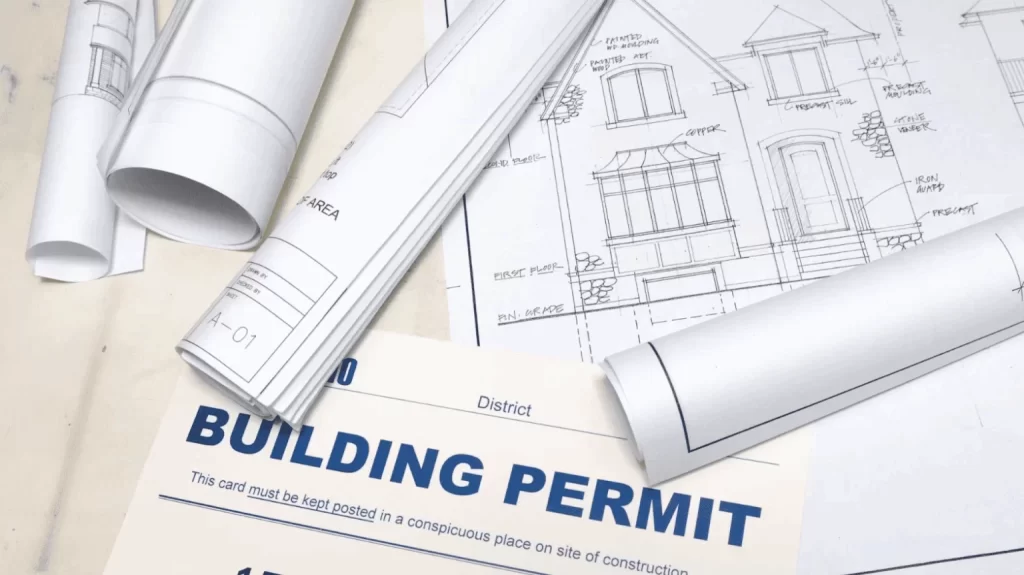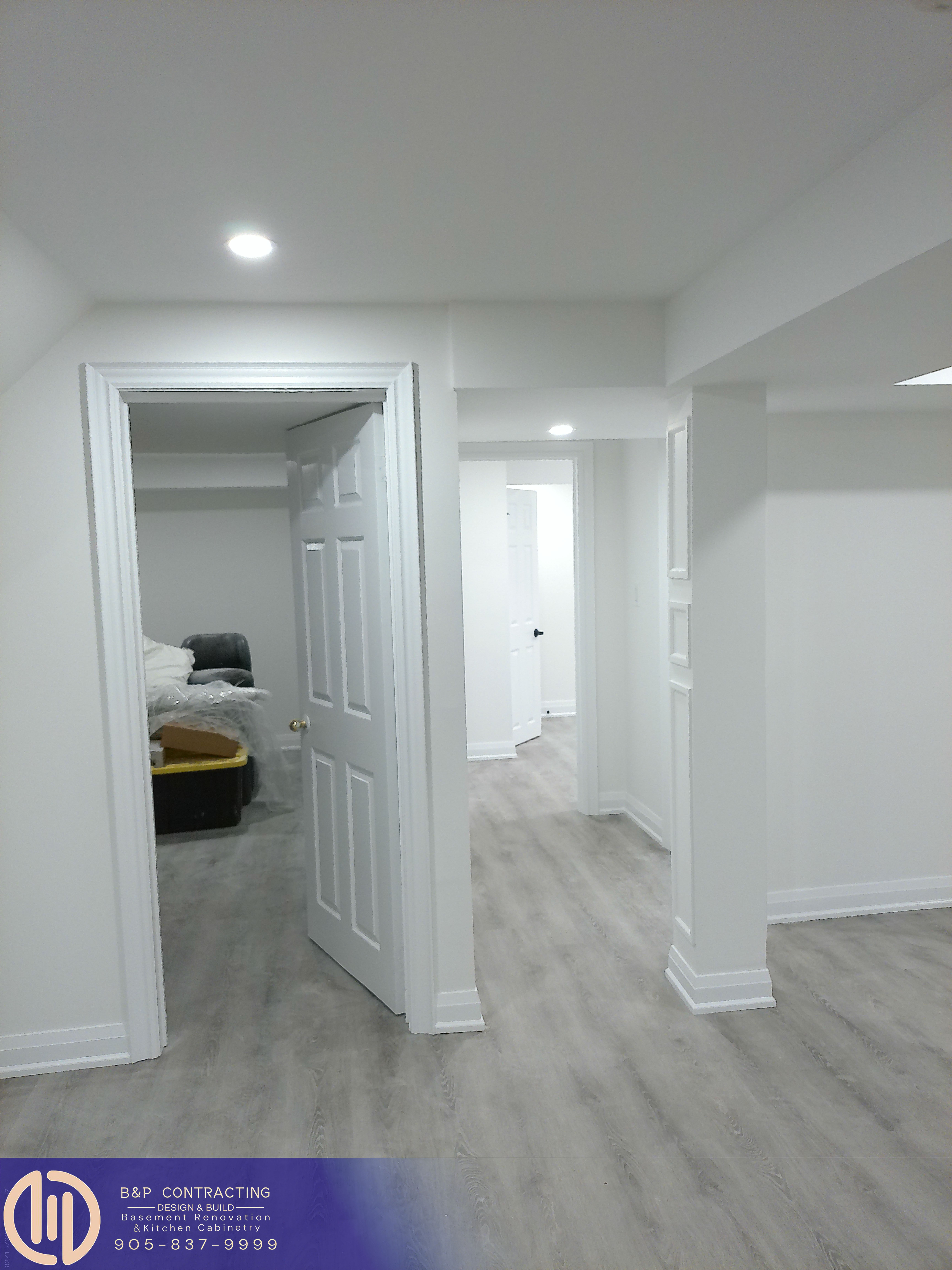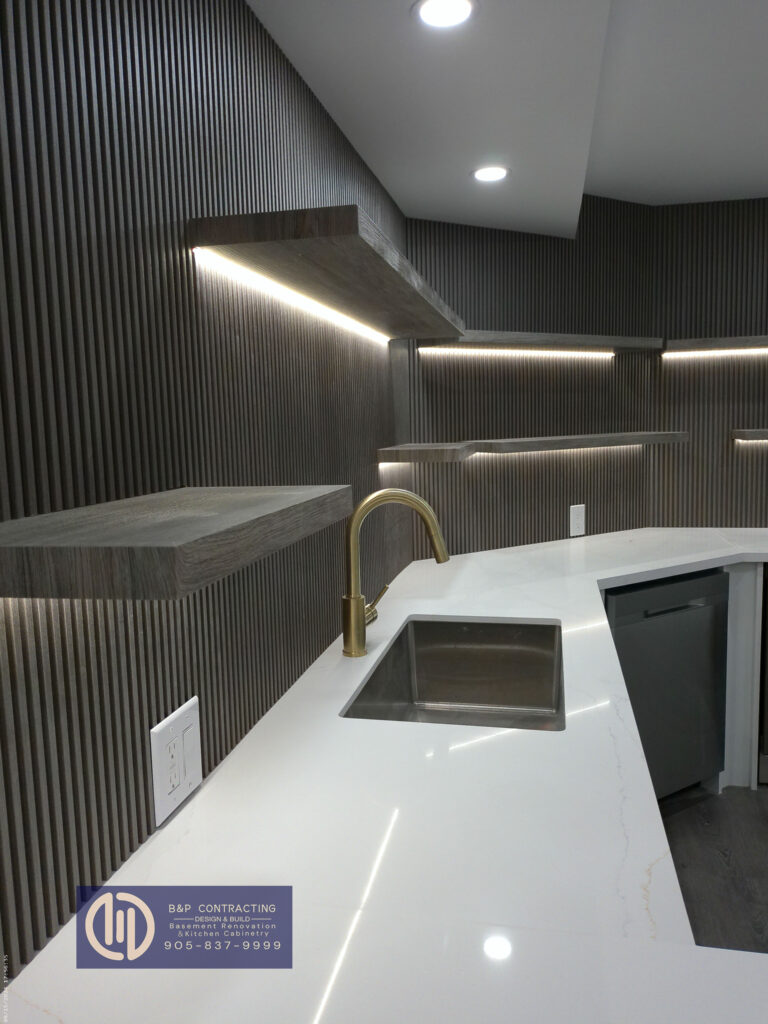Basement Remodeling Guide: What to Consider Before You Start
Remodeling your basement is one of the smartest ways to add functional space and value to your home. Whether you’re dreaming of a cozy family room, a guest suite, a home office, or even a rental unit, finishing your basement opens up endless possibilities. But before diving in, it’s essential to plan carefully.
From permits to waterproofing and layout planning to lighting, here’s a complete guide to what you need to consider before you start your basement remodel.

Understand Local Building Codes and Permits
Each city or municipality has its own rules regarding basement remodeling. These regulations ensure safety, especially when it comes to electrical work, ceiling height, ventilation, and emergency egress (escape routes).
Key considerations:
- Check the required minimum ceiling height for finished basements.
- Verify whether your design includes an egress window if you’re building a bedroom.
- Secure permits for electrical, plumbing, and structural changes.
Tip: Working with a licensed contractor familiar with local codes can simplify the process. Assess for Moisture or Water Problems
Ceiling Solutions and Headroom
Low ceilings and exposed ductwork or plumbing can be a challenge in basement remodeling. Make sure your ceiling height meets code and think creatively about design.
Solutions:
- Paint exposed ceilings black or white for an industrial look.
- Use drywall or drop ceilings with access panels for a clean finish.
- Frame around ductwork and incorporate it into the room design.
A ceiling that feels intentional will enhance the overall appeal of your basement.
Assess for Moisture or Water Problems
Before any remodeling work begins, it’s critical to evaluate the basement for water issues. Basements are naturally prone to dampness due to their location below ground, and even minor leaks can lead to mold, mildew, or long-term structural problems.
What to do:
- Check for musty smells, damp spots, or visible water damage.
- Inspect walls and floors for cracks or discoloration.
- Test for humidity with a hygrometer.
If moisture is a concern, fix it before starting any renovation. You may need to install a sump pump, apply waterproofing sealants, or improve exterior drainage.

Flooring That Works for Basements
Basement floors sit directly on concrete, making them vulnerable to moisture and cold. Choosing the right flooring is key to comfort, durability, and style.
Best basement flooring options:
- Vinyl plank or tile: Water-resistant, stylish, and easy to install.
- Engineered wood: More stable than solid hardwood in humid environments.
- Carpet tiles: Warm and replaceable if damaged.
- Epoxy or painted concrete: Modern and low-maintenance.
Avoid solid hardwood or standard laminate without a moisture barrier, as they can warp or buckle.

Plan a Functional Layout
Think beyond aesthetics—functionality is key when it comes to basement remodeling. Since basements tend to be darker and often have bulkheads, beams, or utilities in awkward spots, a well-planned layout is crucial.
Layout tips:
- Create zones for different activities (e.g., lounge area, gym, laundry).
- Use open-concept designs to make the space feel larger.
- Avoid blocking natural light sources like windows.
Planning around existing plumbing and HVAC lines can also help reduce costs.
4. Evaluate Your Plumbing and Electrical Systems
If you plan to add a bathroom, wet bar, or kitchen, make sure your home’s plumbing can support the extra demand. The same goes for electrical systems, especially if you’re adding lighting, outlets,
Since basements are naturally cooler than the rest of the house, proper insulation is essential for comfort and energy efficiency. It also helps with soundproofing and moisture resistance.
Popular options:
- Rigid foam insulation: Resists moisture and mold.
- Spray foam insulation: Great for sealing gaps and improving thermal performance.
- Fiberglass batts: Affordable, but must stay dry to be effective.
Don’t forget to insulate rim joists, floors, and walls, and consider a heating solution if the basement feels too cold.
Lighting and Natural Light
Basements typically have limited natural light, which can make them feel closed-in or gloomy if not addressed. The good news? Strategic lighting can dramatically change the atmosphere.
Lighting ideas:
- Recessed LED lights provide clean, modern lighting without taking up space.
- Wall sconces or floor lamps can add warmth and style.
- Use mirrors and light-colored paint to reflect light and open up the space.
If possible, enlarge existing windows or add new ones to increase natural light and meet egress requirements.
9. Budget Realistically
Basement renovations can vary greatly in cost depending on the size, materials, and purpose of the space. A basic remodel might cost $20,000–$40,000, while a fully equipped rental suite could exceed $75,000.
Include in your budget:
- Design and layout planning
- Permits and inspections
- Labor and materials
- Finishes and furniture
- A 10–20% contingency for surprises
Setting a clear budget up front helps you prioritize must-haves and avoid scope creep.

Work With Trusted Professionals
While some homeowners take a DIY approach, basement remodels often involve complex systems—like plumbing, HVAC, and electrical—that are best handled by professionals. Hiring the right team ensures the job is done safely, legally, and to a high standard.
Contact BNP Contracting today for expert basement remodeling services in the Durham Region . Our experienced team will guide you from design to final finish with professional results, clear communication, and quality craftsmanship.
Final Thoughts
A basement remodel is a big investment—but with the right planning and preparation, it can transform your home into a more functional, beautiful, and valuable space.
From assessing moisture issues and securing permits to choosing the right flooring and lighting, taking the time to consider these key factors will help you avoid costly mistakes and create a basement you’ll love for years to come.
